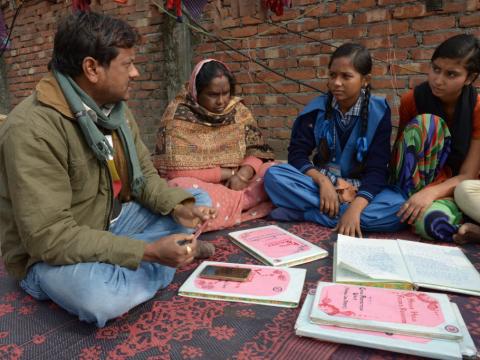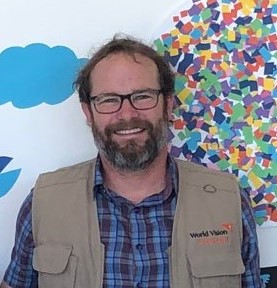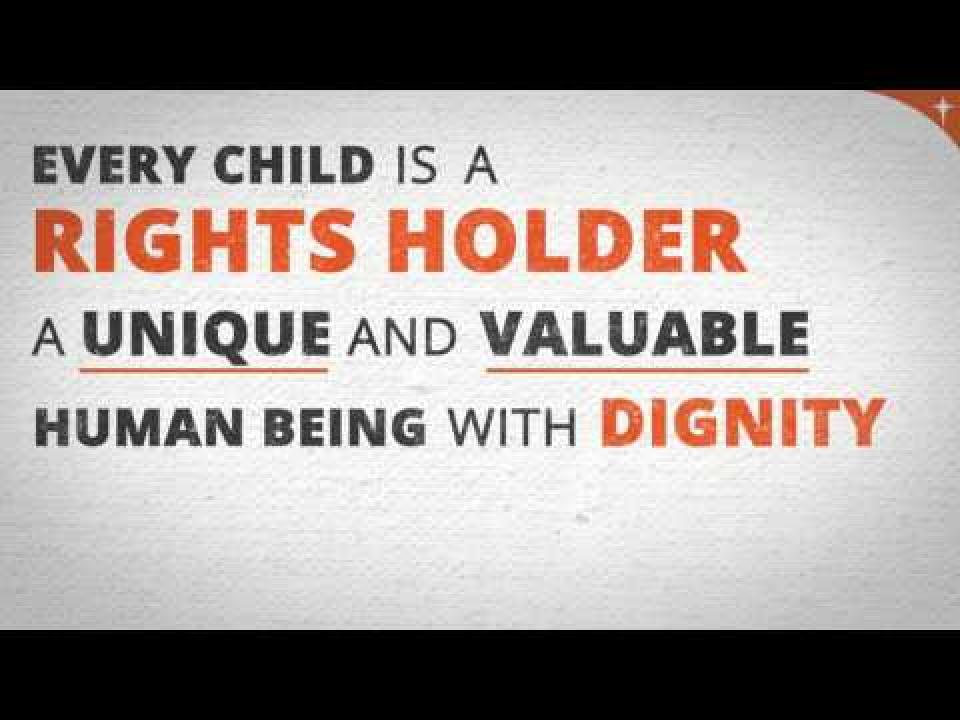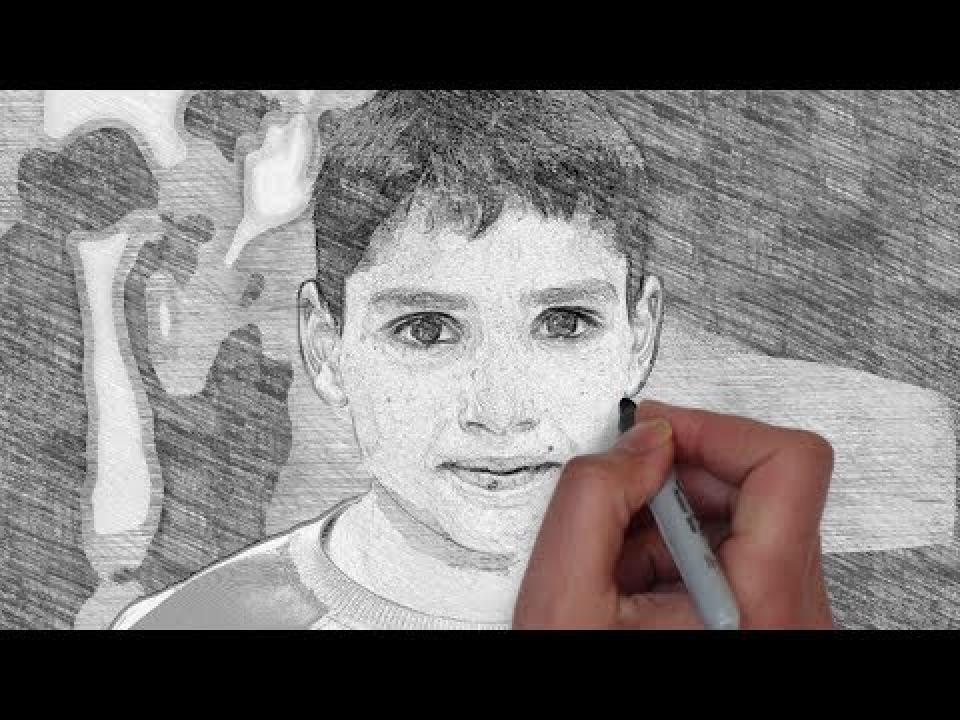
Four Ways World Vision is Protecting Children from Violence
Keeping children safe from harm involves collaboration and empowering communities, says Bill Forbes.
Child protection is sacred work. The legacy of violence against a child can last a lifetime, and even extend to future generations. Violence against a child is violence against their identity, their sense of purpose in the world, their ability to trust, and their future. I have seen this in my own family, and the lives of countless children over my years in the humanitarian sector.
And yet, I still have hope. I have seen that violence against children can be prevented, and that healing is possible after violence. I have visited communities around the world that have put a stop to child marriage, that have integrated thousands of former child laborers back into school, and have swapped norms of corporal punishment for positive forms of discipline and care. The truth is, every single act of violence against children could have been prevented, and World Vision has identified some critical principles in our work to protect children. Here are four of them:
1. We take a Systems Approach
Children deserve and need to live in an environment which prevents violence against them, and which is ready to respond with love, strength and expertise when violence occurs. World Vision recognises that preventing and responding to violence against children cannot happen with standalone interventions or quick solutions. World Vision therefore adopts a systems approach to child protection, addressing violence holistically. This includes a strong focus on prevention and strengthening the individuals, civil society, and institutions who are responsible for protecting girls and boys. We engage in ‘systems thinking’ – a thoughtful approach that recognises the complexity of the challenge of reducing violence against children; that critically considers how different parts of a child protection system affect each other; and that reflects on how interventions need to be adjusted as the system and context changes.
This means that we aim to strengthen the overall protective environment that children live in, working with key formal and informal actors including governments, parents and caregivers, faith leaders and communities, service providers, community structures, and children themselves. Our goal in the communities we work in is to sustainably reduce all forms of violence against children, leaving behind a strong child protection system of coordinated formal and informal elements working together to prevent and respond to abuse, neglect, exploitation and other forms of violence against children.
2. We Listen to Girls and Boys First
World Vision believes that children’s experience and perspectives are critical to understanding their context, experience, and needs, and therefore seeks to listen to them first when designing child protection programmes. We conduct in-depth interviews and participatory focus group discussions with girls and boys of all ages, asking for their perspective on what child protection issues are most prevalent, what changes they recommend, and how they can be involved in the implementation, monitoring, and evaluation of these projects.
3. We Empower Local Community Members to Lead
The backbone of our child protection work are local Child Protection & Advocacy (CP&A) Groups, which are made of representatives of formal and informal actors that are responsible for protecting children in a community. These representatives and their respective groups or institutions are responsible for coordinating, collaborating, and implementing all child protection programming efforts.
World Vision works extensively to train up and build the capacity of these groups to lead child protection supports, services and interventions that are tailored to their specific context. We respect, defer to, and rely on local knowledge to drive our work.
4. Our Interventions Tackle the Root Causes of Violence
Our evidence-based project models and approaches are designed with the expertise and the flexibility to address root causes of child protection issues. Whether it is a failure of policy implementation, lack of legislation, a needed change of harmful social norms or behaviours, extreme poverty, lack of services, or empowering communities with relevant skills and knowledge, World Vision’s adaptable Child Protection & Advocacy Project Model can address a variety of root causes to strengthen the overall protective environment for boys and girls.
Child Protection is hard and complex work. The root causes of violence and the resistance to change social norms vary from context to context, while the drivers of violent or exploitative behaviour are not the same everywhere. The change process is unpredictable, dynamic, and based on issues that are hard to discern, such as relationships, beliefs, and power.
This is why our staff and partners on the front line of our child protection work are my heroes, and my inspiration. They have continued over the years to innovate, engage and learn. They apply the principles above with humility and a focus on the most vulnerable children.
Learn more about World Vision’s work to boost the protection and participation of children here
Bill Forbes is the Global Lead of Child Protection and Participation for World Vision International. Bill provides strategic leadership to World Vision's efforts to strengthen local prevention and response to abuse, exploitation and neglect of children as well as strengthening children’s voice and participation in the world's most difficult places.


